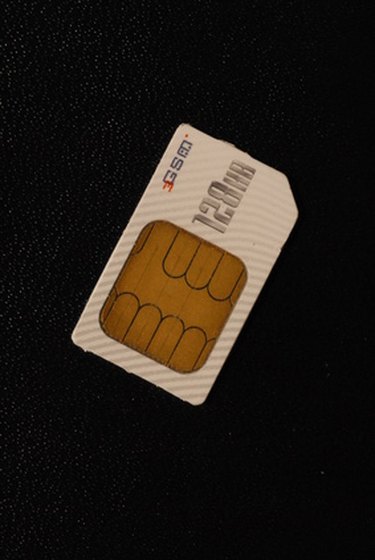
A Subscriber Identity Module or SIM card is a card that stores contact details and text messages for GSM mobile phone subscribers. It also has network authorization data and user identity. A major difference exists between 2G and 3G SIM cards even though they are both of the same physical size.
Bandwidth Allocation
Video of the Day
The major difference between 2G and 3G SIM cards lies within the rate of data usage and transfer. In 2G SIM cards with GPRS/EDGE, data services can transfer between 56 and 236.8 kilobits of data per second. However, 3G SIM cards can transfer 14,400 kilobits per second. This makes 3G SIM cards better for downloading data like Web pages and multimedia.
Video of the Day
Security
With a 3G's user authentication capability, mobile users can log on securely on their intended network through by authenticating the network on their handset. 2G SIM cards lack this technology.
Constant Internet Connection
Unlike 2G, 3G technology uses Internet Protocol (IP) connectivity which is packet-based. This means that using devices with a 3G SIM card are always connected to the Internet.